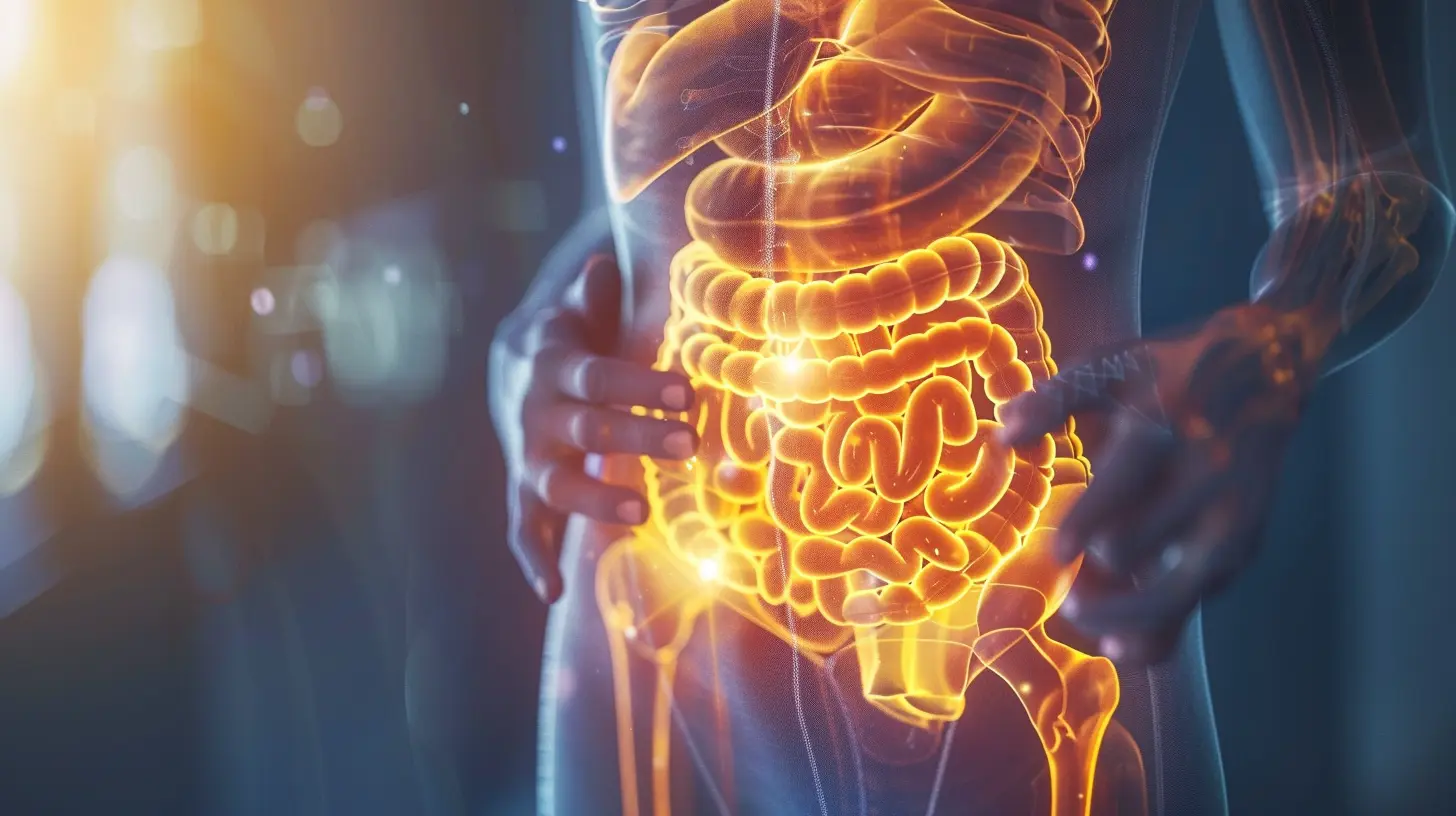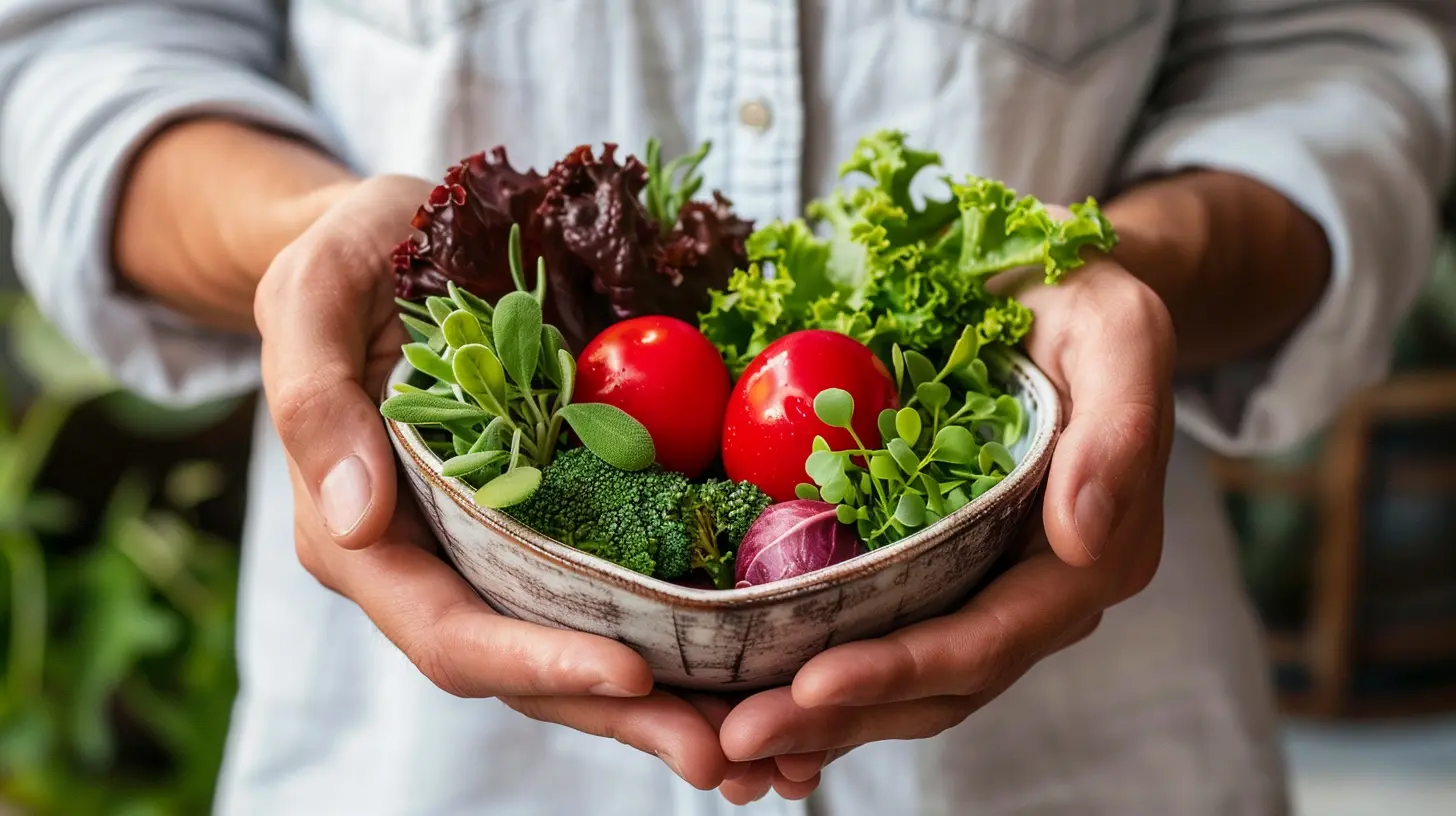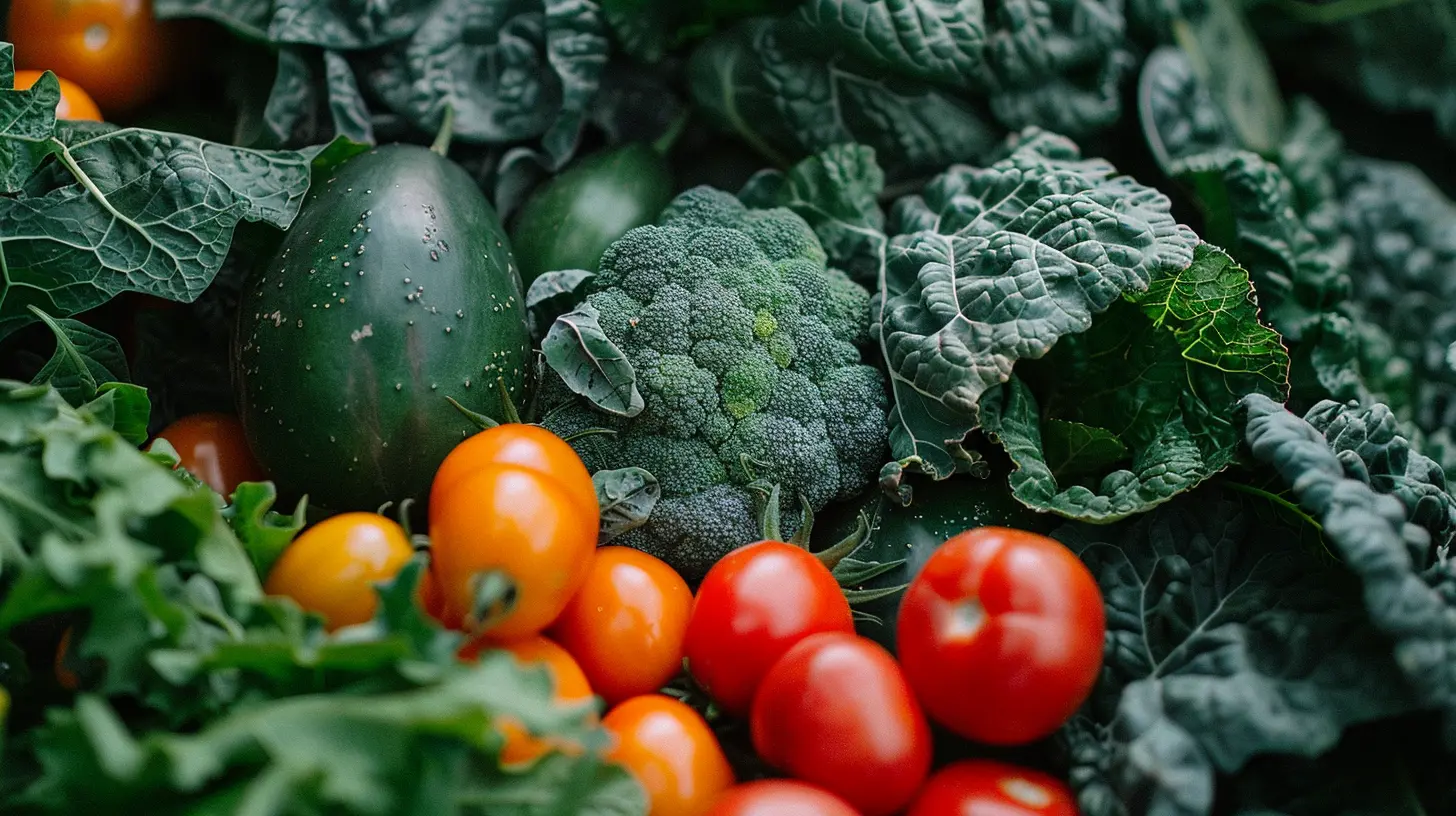The Connection Between Paleo and Improved Gut Health
22 August 2025
Maintaining good gut health is key to overall well-being. But with so many diets and lifestyle recommendations out there, it’s tough to know which path to take. If you’ve been struggling with bloating, indigestion, or other digestive issues, you might have heard about the Paleo diet.
The concept of eating like our ancestors has gained popularity in the health and wellness space, and for good reason. Paleo focuses on whole, unprocessed foods that naturally support digestion. But how exactly does it benefit your gut? Let’s dive into the connection between the Paleo diet and improved gut health.

What Is the Paleo Diet?
Before we talk about gut health, let’s quickly go over what the Paleo diet actually is. At its core, Paleo is all about eating the way our hunter-gatherer ancestors did—before processed foods, refined sugars, and artificial additives took over our plates.Here’s a basic breakdown of what’s included in a Paleo-friendly diet:
✅ Lean meats (grass-fed beef, chicken, turkey, fish)
✅ Fresh fruits and vegetables
✅ Nuts and seeds
✅ Healthy fats (olive oil, coconut oil, avocado)
✅ Eggs
What’s left out? Anything that humans started consuming after agriculture came into play:
❌ Grains (wheat, rice, oats)
❌ Dairy
❌ Processed sugars
❌ Legumes (beans, lentils, soy)
❌ Artificial additives and preservatives
Now, you might be thinking: How does avoiding grains and dairy help my gut? Let’s break it down.

The Link Between Paleo and Gut Health
Your gut plays a major role in digestion, immunity, and even mental health. A well-balanced gut microbiome (the trillions of bacteria living in your digestive tract) is essential for proper digestion and nutrient absorption. Certain foods can either nourish or disrupt this delicate balance.Here’s how the Paleo diet contributes to better gut health:
1. Eliminating Inflammatory Foods
Many people experience digestive distress from common inflammatory foods like grains, dairy, and processed sugars. These foods may trigger bloating, gas, and irritation in the gut lining.- Gluten and grains – Gluten, found in wheat and other grains, is known to be problematic for many people. Even if you’re not officially diagnosed with gluten sensitivity, gluten can contribute to inflammation and leaky gut issues.
- Dairy – While some can tolerate dairy, many struggle with lactose intolerance or casein sensitivity, both of which may lead to bloating and discomfort.
- Processed sugars – Excess refined sugar feeds harmful gut bacteria, leading to an imbalance in your microbiome and potential digestive distress.
By cutting out these foods, you give your gut a chance to heal and rebalance.
2. Boosting Beneficial Gut Bacteria
Your gut thrives when there’s a healthy balance between good and bad bacteria. Paleo supports the gut microbiome by emphasizing fiber-rich, whole foods that act as natural prebiotics (food for good bacteria).- Vegetables and fruits – These are packed with fiber, which promotes the growth of beneficial bacteria. Think leafy greens, carrots, bananas, and apples!
- Fermented foods – While not a core part of Paleo, many followers include probiotic-rich foods like sauerkraut, kimchi, and kombucha to introduce good bacteria into the gut.
- Nuts and seeds – These contain fiber and healthy fats that support microbial diversity in the digestive system.
When your gut is well-fed with these nourishing foods, it functions more efficiently, improving digestion and reducing inflammation.
3. Healing Leaky Gut Syndrome
A compromised gut lining—often referred to as "leaky gut"—can lead to digestive problems, food sensitivities, and even autoimmune conditions. The Paleo diet helps heal leaky gut by reducing potential irritants and increasing gut-supporting nutrients.- Bone broth – A staple in the Paleo diet, bone broth contains collagen and amino acids that help repair the gut lining.
- Healthy fats – Avocados, olive oil, and coconut oil provide anti-inflammatory benefits that support gut integrity.
- Protein-rich foods – Grass-fed meats and fish provide essential amino acids that help in gut lining repair.
By consistently eating these gut-nourishing foods, you’ll support a stronger digestive system and reduce symptoms of gut-related disorders.
4. Cutting Out Gut-Disrupting Additives
Modern processed foods are filled with chemicals, preservatives, and artificial additives that can wreak havoc on digestion. Many of these additives alter gut bacteria, leading to imbalances and discomfort.The Paleo diet eliminates:
🚫 Artificial sweeteners
🚫 Preservatives
🚫 Emulsifiers (often found in packaged foods)
By avoiding these, you’re giving your gut a break from unnecessary chemicals that could be triggering digestive issues.
5. Regulating Blood Sugar for Better Digestion
Blood sugar spikes and crashes don’t just affect your energy levels—they can also impact your gut health. Diets high in refined sugar and processed carbs contribute to bacterial imbalances and digestive problems.Since Paleo focuses on whole foods and eliminates refined sugars, it helps stabilize blood sugar levels. This, in turn, benefits digestion by preventing the overgrowth of harmful bacteria that thrive on sugar.

Potential Challenges of Paleo and Gut Health
While Paleo has plenty of gut-friendly benefits, it’s important to note that it won’t work the same way for everyone. Some challenges include:🚧 Initial adaptation period – When switching to Paleo, your gut might need time to adjust. This could lead to temporary bloating or changes in bowel movements.
🚧 Lack of resistant starch – Paleo cuts out many starchy foods like potatoes and rice, which contain resistant starch—an important prebiotic. Some people may need to add small amounts of Paleo-friendly resistant starch sources like green bananas or cooked/cooled sweet potatoes.
🚧 Not a one-size-fits-all – Some people thrive on Paleo, while others might need additional foods (like legumes or dairy) to feel their best. Always listen to your body!

Tips for Making Paleo Work for Gut Health
To reap the best digestive benefits from Paleo, keep these tips in mind:✔ Eat a variety of fiber-rich foods – Include plenty of vegetables, fruits, and nuts to support gut bacteria.
✔ Incorporate fermented foods – Add kimchi, sauerkraut, or kombucha for a natural probiotic boost.
✔ Stay hydrated – Drinking enough water helps digestion and nutrient absorption.
✔ Practice mindful eating – Chewing food thoroughly and eating in a relaxed environment aids digestion.
✔ Consider bone broth – It’s packed with gut-healing nutrients that support a healthy gut lining.
Final Thoughts
The Paleo diet and gut health go hand in hand. By eliminating inflammatory foods, nurturing beneficial gut bacteria, and focusing on whole, nutrient-rich meals, you can support a healthier digestive system. While it might not be the perfect fit for everyone, many people experience reduced bloating, better digestion, and improved gut function after transitioning to a Paleo lifestyle.If you’re struggling with digestive issues, why not give Paleo a try? Your gut might just thank you!
all images in this post were generated using AI tools
Category:
Paleo DietAuthor:

Holly Ellison
Discussion
rate this article
1 comments
Oscar Carey
Oh, fantastic! Because who doesn’t want to channel their inner caveman while munching on grass-fed beef and foraging for berries? Forget modern medicine; just slap on a loincloth and call it a day!
September 14, 2025 at 3:40 AM

Holly Ellison
I appreciate your humorous take! The paleo lifestyle isn't just about attire; it's about finding a diet that promotes gut health through whole foods.


